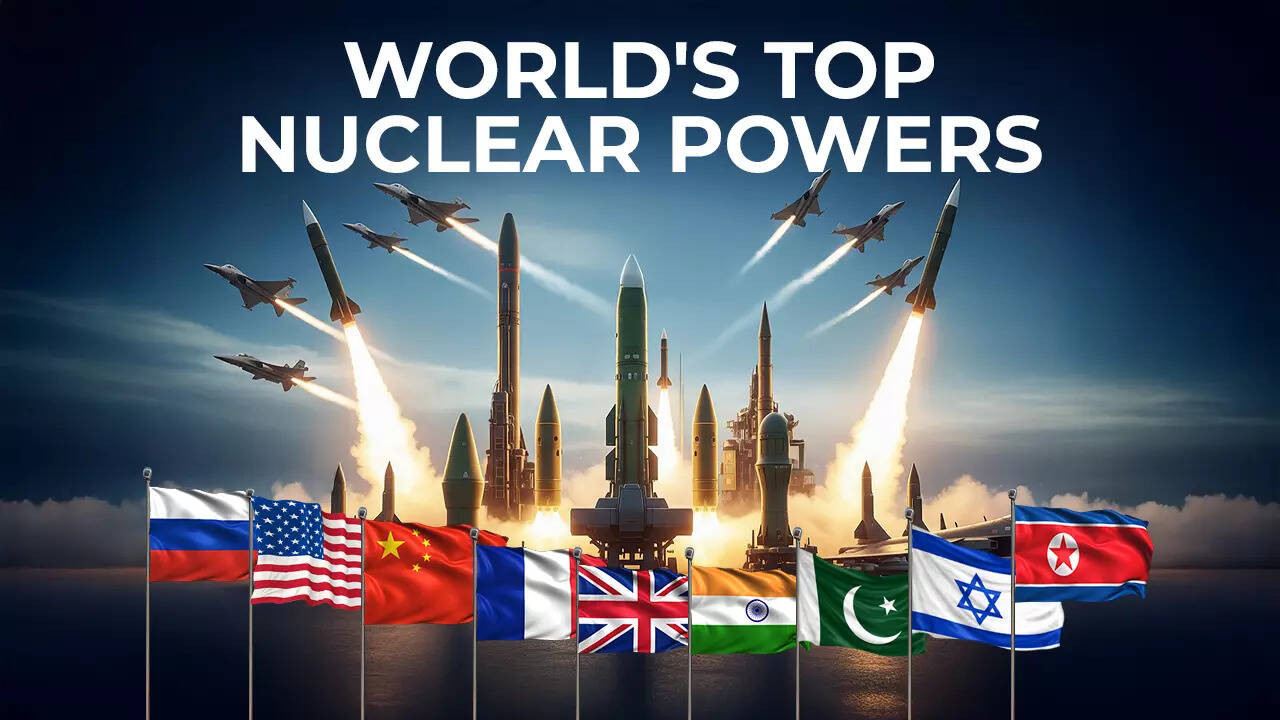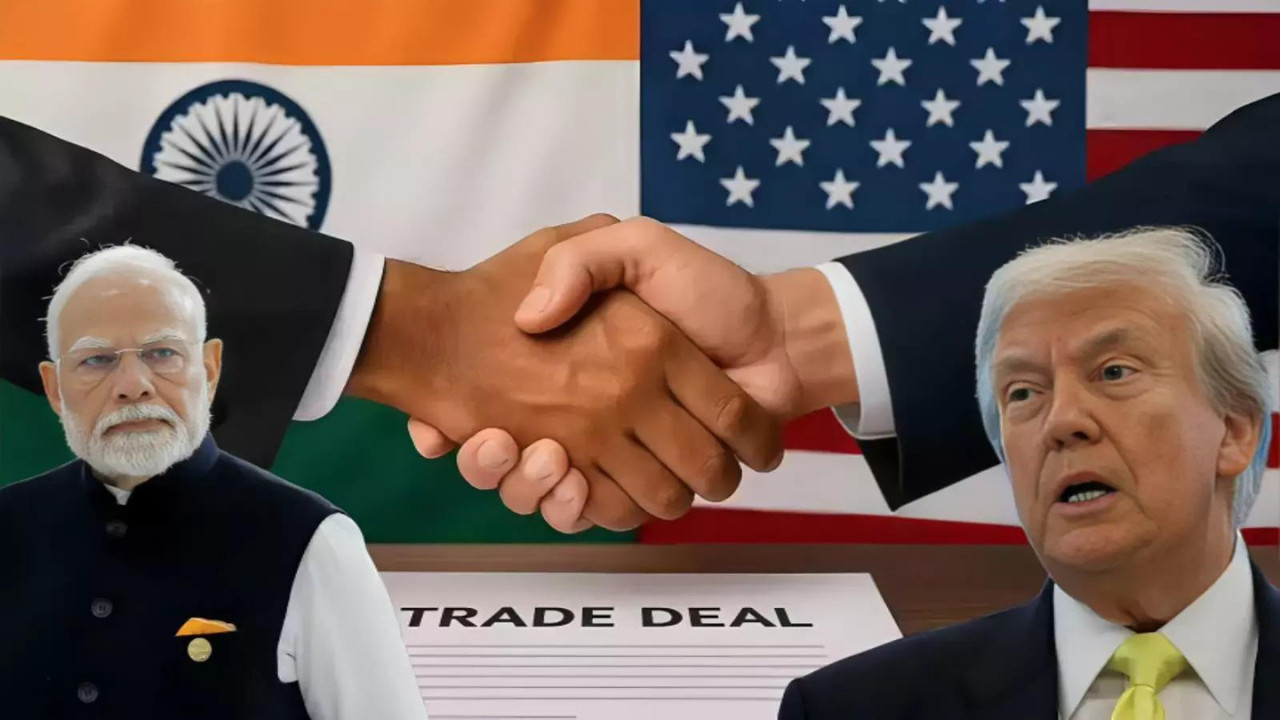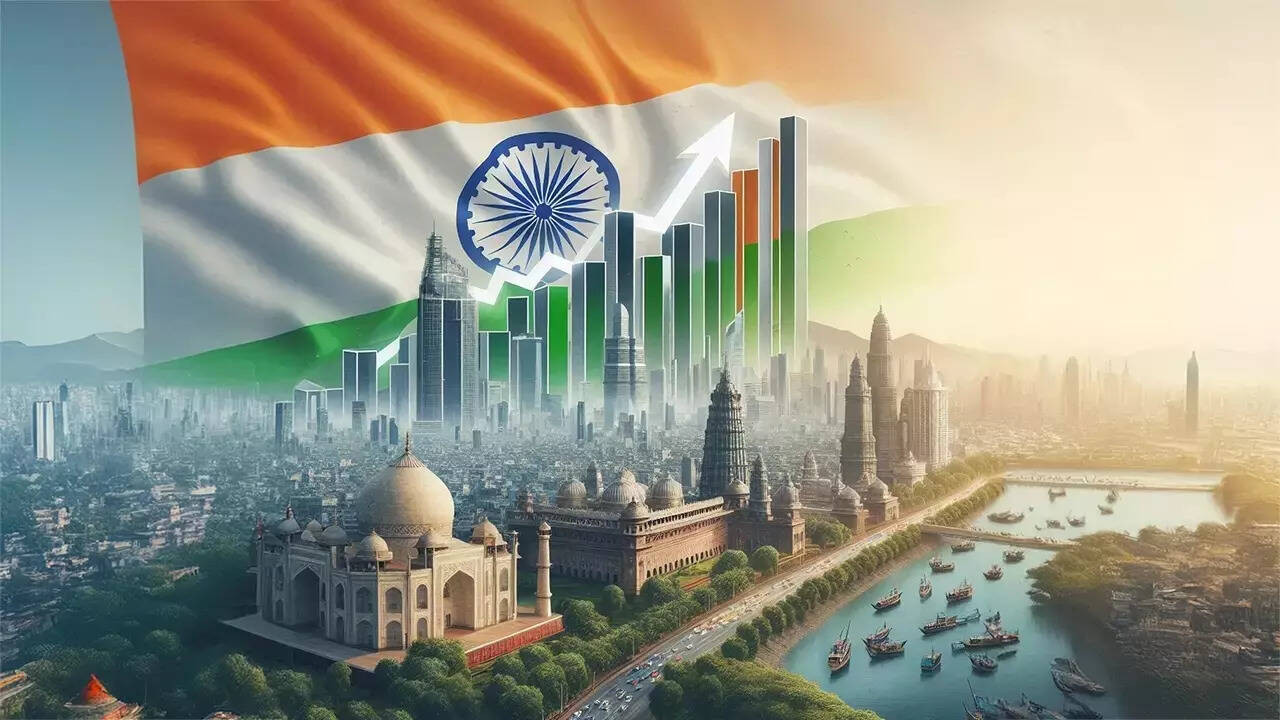The Nuclear Club: A Power Player’s Game, and Where India Stands
Let’s talk about nuclear power. Not the kind that keeps the lights on (though that’s important too!), but the kind that throws geopolitical weight around. We’re talking about the exclusive, and frankly, terrifying, club of nations that possess nuclear weapons. It’s a topic often shrouded in secrecy, brimming with speculation, and laced with the anxieties of global security.
The recent whispers in the news prompted me to dig a little deeper: where exactly does everyone stand in this high-stakes game? Forget dry statistics – let’s try to understand the landscape, the nuances, and how India factors into the equation.
First off, the big boys. Russia and the United States are, unsurprisingly, the titans. Think of them as the old guard, locked in a Cold War-era staring contest that, while thankfully less intense now, still defines a significant part of the nuclear narrative. They possess the overwhelming majority of the world’s nuclear warheads, a legacy of decades of arms race escalation. It’s a sobering reminder of the destructive potential that exists, thankfully, largely in a state of uneasy dormancy.
Then comes China. Quietly, steadily, and with characteristic long-term vision, China has been expanding and modernizing its nuclear arsenal. The numbers don’t lie – they’re playing the long game, establishing themselves as a force to be reckoned with, not just economically and politically, but militarily as well. It throws a fascinating wrench into the dynamic between the US and Russia, creating a three-way power struggle that’s constantly being reassessed and analyzed.
Now, let’s turn to the slightly smaller, but no less significant, players. France, with its independent nuclear deterrent, occupies a prominent position. They’ve long prioritized nuclear capability as a symbol of their national sovereignty and a cornerstone of their defense strategy. It speaks to a deeper historical narrative – a determination to maintain autonomy in a world often dominated by larger powers.
And then there’s the UK. While often aligned with the US in foreign policy, the UK maintains its own nuclear arsenal, largely through its submarine-launched ballistic missiles. It underscores the continued commitment to nuclear deterrence within the North Atlantic Treaty Organization (NATO) and reinforces the alliance’s collective security posture.
Okay, let’s talk about India. The headlines often pit India against Pakistan in a nuclear race. And while there’s undoubtedly a competitive element to it, framing it purely as a rivalry misses the bigger picture. India’s nuclear program is deeply rooted in its own strategic considerations, driven by perceived threats and a desire for regional stability (or at least, what India considers to be stability). India’s “no first use” policy, while perhaps debated, projects a certain level of responsibility.
And where does India stand compared to Pakistan? While precise figures are difficult to verify (secrecy, remember?), reports suggest India holds a slightly larger stockpile and a more advanced delivery system. But the crucial point isn’t necessarily who has more, but rather the stability of the deterrent relationship between the two nations. It’s a delicate balance, constantly influenced by political tensions and regional dynamics.
Finally, we arrive at Israel. Israel maintains a policy of “nuclear ambiguity,” neither confirming nor denying its possession of nuclear weapons. This strategic ambiguity has been a cornerstone of their national security policy for decades, designed to deter potential aggressors without explicitly provoking regional escalation. It’s a tightrope walk, and a unique approach to the challenges of a volatile region.
What’s truly fascinating about this whole nuclear landscape is that it’s constantly in flux. New technologies are emerging, existing treaties are being challenged, and geopolitical alignments are shifting. The development of hypersonic missiles, for example, presents new challenges to existing defense systems and raises concerns about the potential for miscalculation.
Ultimately, the nuclear club isn’t just about numbers and rankings. It’s about power, deterrence, and the terrifying potential for global catastrophe. It’s a reflection of deeply ingrained geopolitical anxieties and a constant reminder of the need for diplomacy, arms control, and a collective commitment to avoiding the unthinkable.
Where do we go from here? That’s the million-dollar question, isn’t it? Navigating this complex landscape requires a nuanced understanding of the motivations and capabilities of each player, a commitment to international cooperation, and a relentless pursuit of a safer, more stable world. Because in the end, nobody truly wins in a nuclear game.







